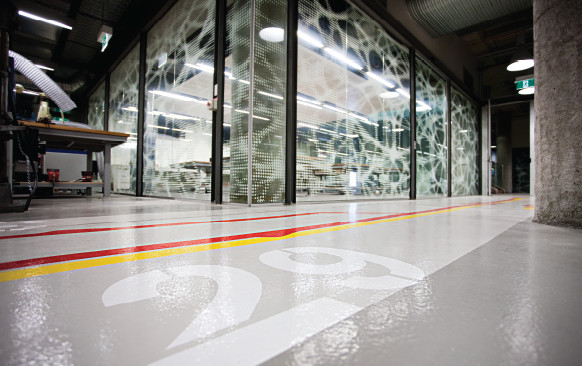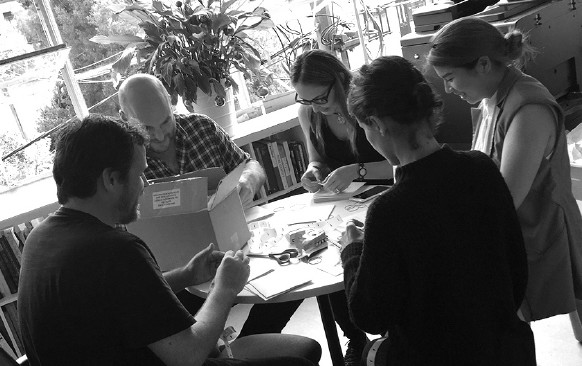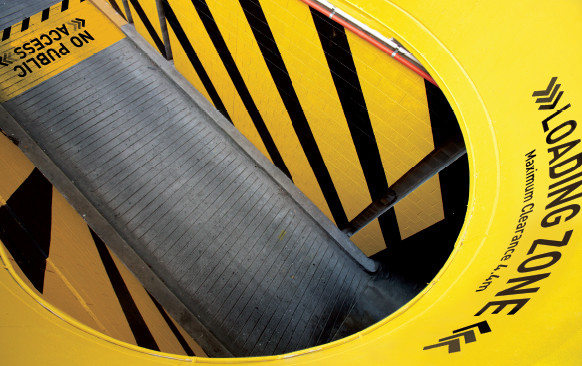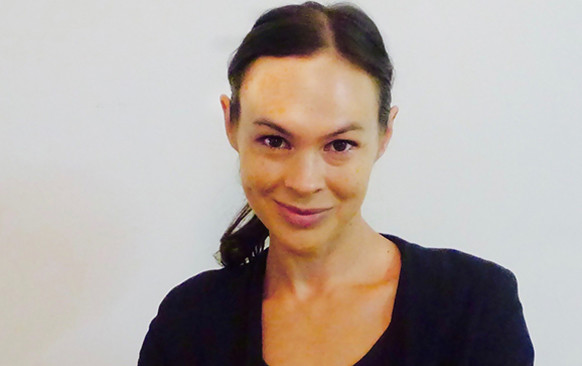I’ve been writing about design and creativity for over a decade, but until now I’ve never actually worked within a design studio, alongside designers, observing how they think and work first-hand. It’s eye opening! Here’s what I’ve learned.
Process is everything.
Before designers put pencil to paper to sketch out a concept, they spend lots of time understanding the problem that needs to be solved, and then document everything meticulously as they go. BrandCulture specialises in experiential and environmental design, so documenting floor plans and environments is especially important.
As Jules explained it to me the other day, it’s a bit like Mr Miyagi forcing the Karate Kid to wax on and wax off when all he really wanted to do was learn how to karate kick. It’s the same for designers – you can’t start designing until you’ve nailed your strategic thinking and design documentation first.
Designers see the world differently.
It’s like they have this uncanny ability to see the big picture and the finite details all at once. If you ask a designer to glance over a large document, don’t expect them to see past the poorly aligned logo on the front page. They’re perfectionists, and they notice everything.
Environmental designers are good at maths.
Mostly when I walk past people’s desks at BrandCulture, they’re looking at complicated architectural floor plans that make no sense to me, or they’re converting millimetres into pixels using scales and ratios that I find baffling. This is a huge generalisation, but environmental designers seem to be left and right brained creatures – the left side for logic, science and mathematics; the right for creativity.
They’re excellent at explaining things.
As a Xennial, I find the constant deluge of new technology and productivity platforms slightly overwhelming. Thankfully, designers love technology, and they’re good at explaining it.
They’re also constantly expanding their skills by dabbling in UX courses, app design, and attending lectures on ethics & design leadership in their evenings for fun.
Wayfinding design is collaboration in its purest form.
Everyone is talking about collaboration as a critical element of creativity, but in reality I doubt many companies do collaboration well.
So I was curious to hear wayfinding design described as “collaboration in its purest form”. Wayfinding is one of the lesser-known fields of design, even though signs are all around us. I love this idea that wayfinding designers are the ultimate collaborators because their job involves consulting with everyone from engineers to builders, architects, councils, heritage consultants and more.
Great managers enable great design.
The studio’s operations and client managers (hello Leigh & Elena!) play a really important role in the creative process. Whether it’s liasing with clients to understand briefs and budgets or finding extra resources when deadlines are looming, getting the best design outcomes is a team effort.
When designers talk about design, it’s hard to shut them up!
When you ask a designer what they love about design, or if they can describe their design process, it’s like a little spark goes off in their eyes. They seem to get a kick out of describing how they think and work. Their passion is infectious, which makes BrandCulture one of the loveliest environments I’ve worked in yet.
– Barbara Messer (that’s me below).



